Stepping outside on a sultry, muggy day can feel like walking into a steam room. High humidity makes it harder for sweat to evaporate, which disrupts the body’s cooling process. This shift influences digestion, hydration levels and even skin clarity. Ignoring these changes may leave you lethargic, bloated or prone to rashes. Mindful eating—tailoring what you consume to the weather—is therefore crucial for minimising the impact of humid weather on health. Below, you’ll find a guide on foods to avoid in humid weather and what to reach for instead, so you stay cool, energised and blemish-free.
Why Diet Matters When It’s Humid
- Slower sweat evaporation raises core temperature and increases fluid loss.
- Digestive fire (agni) weakens, leading to heaviness and gas.
- Excess oil on skin mixes with trapped sweat, causing breakouts.
By applying simple humid weather diet tips, you can prevent common health problems in humid weather such as dehydration, indigestion and heat rashes.
Nine Foods to Keep Off Your Plate
As the humidity rises, our bodies face a unique set of challenges. The discomfort and lethargy that come with hot and humid weather can be exacerbated by certain foods. By being mindful of our diet, we can alleviate some of these issues and stay comfortable throughout the day. Here are nine foods to limit or avoid when the humidity peaks, along with some healthier alternatives to keep you feeling your best.
1. Deep-Fried and Greasy Foods: A Recipe for Discomfort
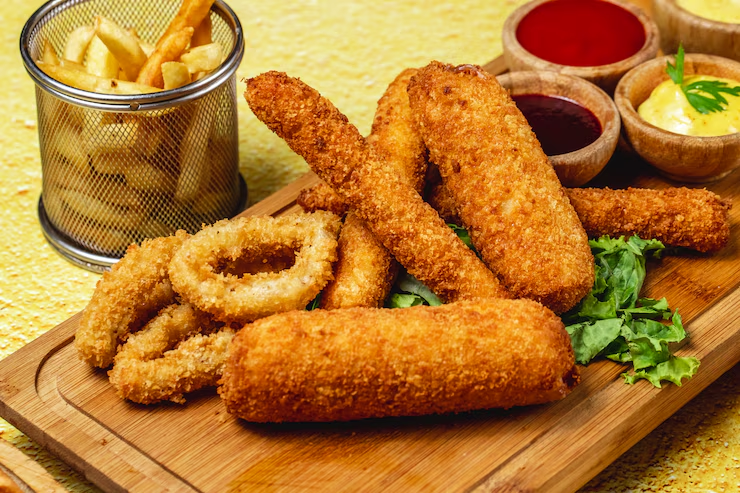
Indulging in deep-fried treats like samosas, French fries, and bhajiyas may be tempting, but they can wreak havoc on your digestive system in humid weather. The saturated fats in these foods slow down gastric emptying, leading to post-meal sluggishness and bloating. The added oil also raises your internal heat, making you sweat even more. Instead, opt for air-fried sweet-potato chips or steamed dhokla and idlis, which are not only lighter but also easier to digest.
2. Heavy Red Meats: A Heavy Price to Pay
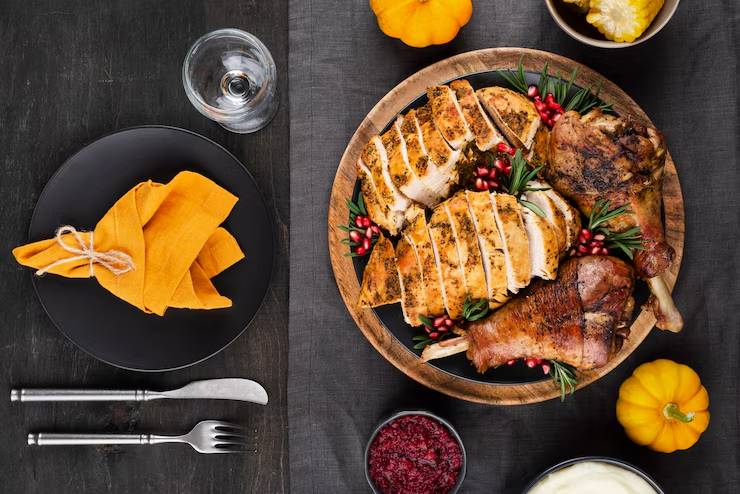
Mutton and fatty cuts of beef may be flavourful, but they require longer digestion and generate more metabolic heat. This increased energy demand can leave you feeling exhausted in humid conditions. For a leaner alternative, try grilled fish or tofu marinated with cooling herbs like mint and coriander. These options are not only lighter but also provide a refreshing respite from the heat.
3. Full-Cream Dairy: A Potential Pitfall

Rich desserts like malai kulfi and creamy milkshakes may be tempting, but they can cause lactose to ferment in the gut when digestion is sluggish. This can lead to painful gas and acne flare-ups. A better choice would be low-fat yoghurt with cucumber and mint, which is not only hydrating but also rich in probiotics.
4. Sugary Fizzy Drinks: A Dehydration Risk
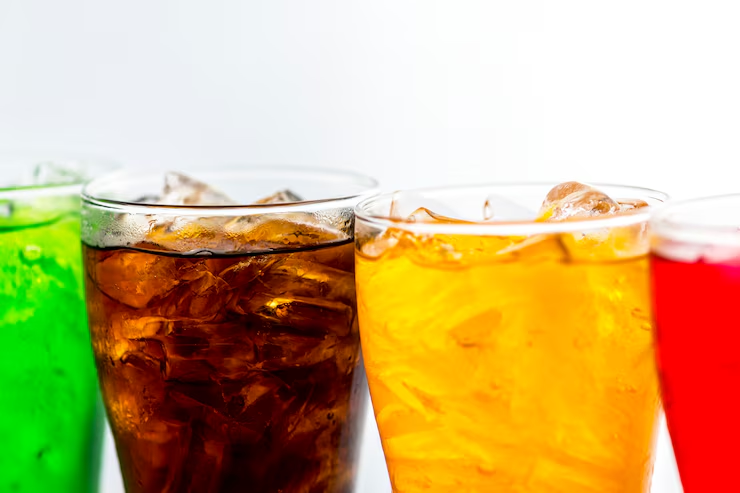
Fizzy soft drinks may be a refreshing pick-me-up, but they can cause blood sugar spikes and prompt insulin surges that increase sodium reabsorption. This can lead to dehydration, making you feel even more uncomfortable in the heat. Instead, sip on coconut water or chilled herbal teas lightly sweetened with raw honey to stay hydrated and refreshed.
5. Excess Coffee and Caffeinated Energy Drinks: A Diuretic Effect

While a morning cup of coffee may be a ritual for many, excess caffeine can act as a diuretic, accelerating water loss and potentially intensifying symptoms like palpitations and fatigue in humid weather. Consider switching to iced green tea or lemon-ginger infusion, which are low in caffeine and rich in antioxidants.
6. Processed and Packaged Snacks: A Salt Bomb
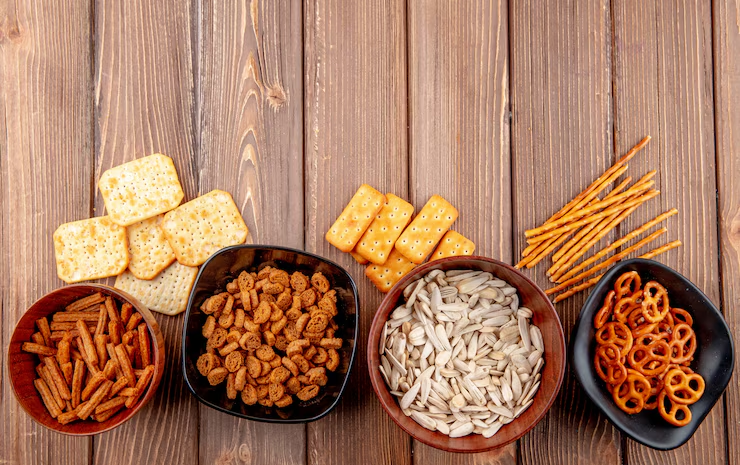
Chips, instant noodles, and flavoured namkeens are loaded with salt, which can cause puffiness in the face and fingers by pulling water into the bloodstream. For a healthier snacking option, try fresh fruit slices sprinkled with chaat masala (go easy on the salt) or a handful of roasted fox nuts.
7. High-Spice Curries: A Thermogenic Trigger
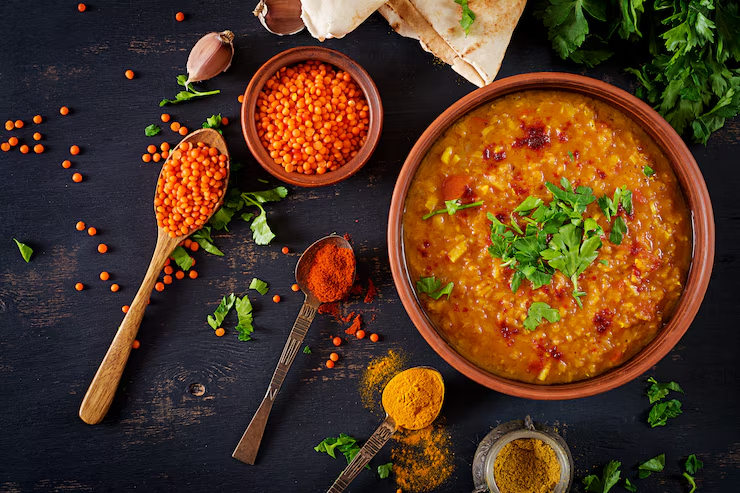
While spices can add flavour to our meals, high-spice curries can increase thermogenesis, making you sweat more when evaporation is already compromised. Excess spice can also irritate the gut lining, compounding health problems like acidity in humid weather. For a gentler flavour, use cooling spices like fennel, coriander seeds, and turmeric.
8. Alcohol – Especially Dark Spirits: A Dehydrating Drink

Alcohol can dilate blood vessels, raising skin temperature and encouraging dehydration. Dark spirits, in particular, contain congeners that slow down metabolism further. If you do choose to drink, consider a light wine spritzer and be sure to match every glass with an equal amount of water.
9. High-Glycaemic Desserts: A Sugar Rush
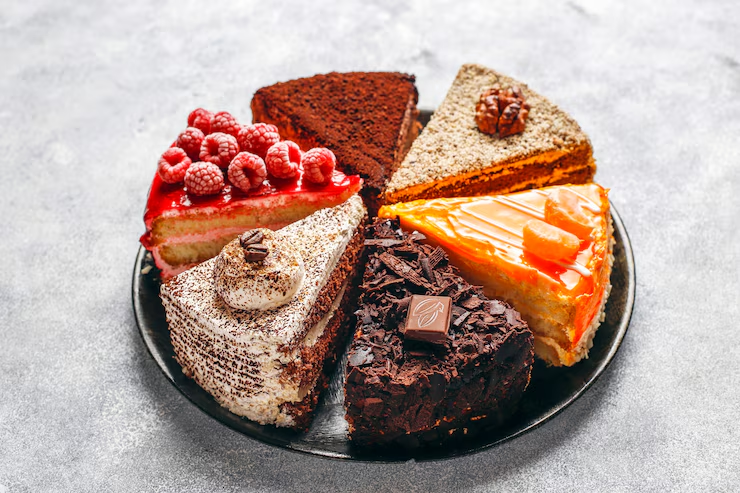
Gulab jamun, jalebi, and pastries may be tempting treats, but they can cause a surge in blood sugar, triggering fatigue once levels crash. Sugar can also fuel bacterial growth on sweaty skin, accentuating breakouts. For a healthier dessert option, try chilled watermelon cubes or homemade fruit popsicles, which are not only refreshing but also low in sugar.
Why These Foods Worsen Humid-Weather Woes
In hot and humid weather, our bodies are more susceptible to discomfort and health issues. Certain foods can exacerbate these problems, making us feel lethargic, uncomfortable, and even affecting our skin.
Here’s how:
- Greasy, heavy, or sugary foods slow down digestion, making us feel sluggish.
- High sodium, caffeine, and alcohol accelerate dehydration, leading to headaches and dizziness.
- Dairy and refined carbs increase mucus production and skin oiliness, causing acne.
- Excess spice raises body temperature, intensifying perspiration and body odor.
These foods collectively hinder our body’s ability to cool down, resulting in lethargy, digestive issues, and skin problems. By being mindful of our diet and limiting these foods, we can better cope with the discomforts of humid weather.
Smart Substitutions: Cooling & Hydrating All-Stars
To stay cool and comfortable in hot and humid weather, incorporate these refreshing and hydrating foods into your diet.
- Stay hydrated with water-rich fruits like watermelon, musk melon, and oranges.
- Opt for leafy greens such as lettuce and spinach, which are easy to digest and rich in electrolytes.
- Choose whole grains like barley and red rice, which provide sustained energy through complex carbohydrates.
- Cool down with herbal enhancers like mint, basil, and coriander, which help reduce body heat.
- Support gut health with fermented drinks such as buttermilk and kombucha, which promote hydration and a balanced gut flora.
These smart substitutions can help you navigate the challenges of hot and humid weather with ease.
Humid Weather Diet Tips in Practice
Embracing a healthier diet during humid weather is easier than you think.
Here are some practical tips to help you stay cool and refreshed:
- Begin your day on a refreshing note with a fruit-chia smoothie, a perfect alternative to a greasy paratha.
- Prepare healthy lunches in advance with grilled veggie wraps and a zesty lemon-tahini sauce.
- Stay hydrated by keeping a one-litre water bottle infused with cucumber and mint slices at your desk.
- Practise mindful eating by filling half your dinner plate with salad before adding grains or protein, promoting portion control and a balanced meal.
- Choose healthier snacking options like soaked almonds or frozen grapes instead of reaching for sweets.
By incorporating these simple and effective tips into your daily routine, you can enjoy a healthier and more balanced diet, even in the challenging humid weather.
Conclusion
Weather may be beyond your control, but what lands on your plate is entirely your choice. By steering clear of heavy, dehydrating and heat-inducing foods, you support your body’s natural cooling mechanisms, spare your gut unnecessary work and keep your skin fresher. Embrace fresh fruits, crisp salads and hydrating beverages—the undisputed best foods for hot and humid weather—and glide through the sticky season feeling cool, energised and healthy.

